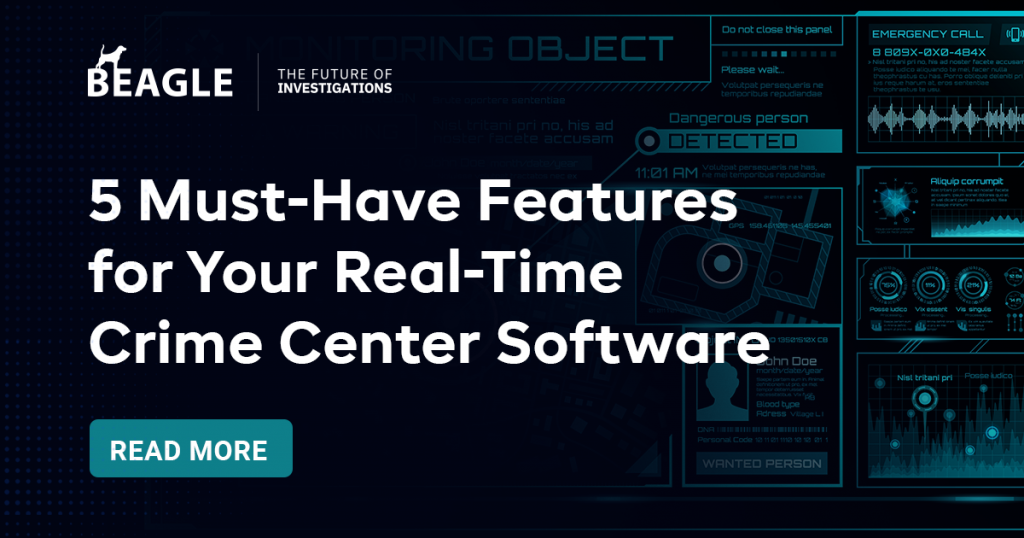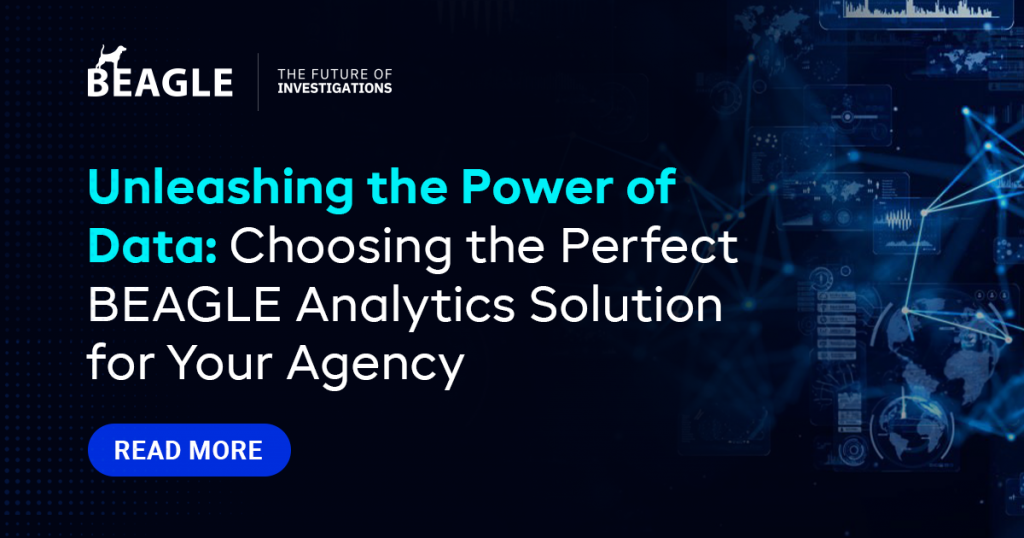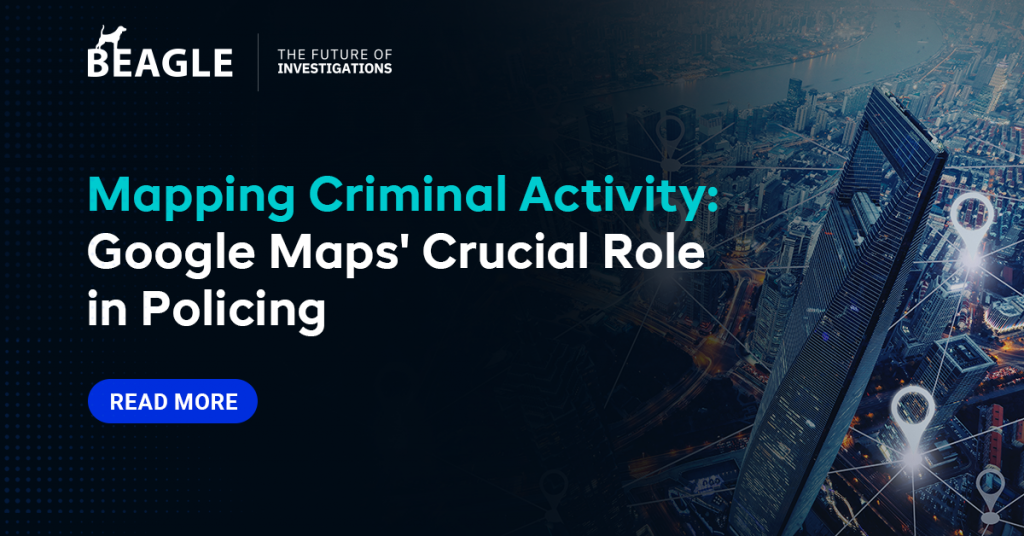Maintaining law and order in society is a crucial responsibility that falls upon law enforcement organizations. The identification and prevention of illegal activities are essential components of this responsibility. However, with the increasing sophistication of modern-day criminals, traditional policing techniques are no longer sufficient. To enhance their threat detection capabilities, law enforcement agencies have turned to data-driven strategies. These strategies leverage the power of advanced technology to gather and analyze data, identify patterns, and detect potential threats before they occur. With these advanced tools and techniques at their disposal, law enforcement organizations are better equipped to keep communities safe from criminal activity. The use of data-driven strategies marks an exciting shift in the way law enforcement operates and highlights the importance of embracing technology to meet the challenges of today’s world.
Analyzing and connecting data points from various sources enables law enforcement organizations to identify patterns and potential threats. To enhance threat identification in law enforcement, the following methods can be employed to connect data points:
Integration of Data Sources
Law enforcement professionals have access to a plethora of data sources in modern times, including social media, legal records, financial records, and more. However, establishing connections between these sources can be a significant challenge due to the frequent lack of connectivity between them. To better identify potential threats, it is essential for law enforcement organizations to combine these data sources and create a more comprehensive understanding of the situation at hand
Link Analysis
Law enforcement professionals can use the technique of link analysis to establish relationships between data points. This can help identify individuals associated with criminal activity, including those connected to known criminals. By examining patterns of interaction between individuals, link analysis can also help identify potential suspects.
Geographic Profiling
The use of geographic profiling is yet another method for linking data locations. This method makes use of geographic information to identify trends and possible threats. Geographic profiling, for instance, can be used by law enforcement to locate regions where crimes are more likely to occur. Using this knowledge, resources can be allocated more wisely.
Real-Time Data Analysis
Real-time data analysis uses a method to examine data as it is being produced. Real-time detection of prospective threats is possible using this method. For instance, real-time data analysis can be used by law enforcement agencies to keep an eye on social media for possible threats. This method can also be used to watch CCTV recordings for unusual activity.
Connecting data points for threat detection is an essential component of contemporary law enforcement. Law enforcement agencies are able to create a more complete picture of possible threats by combining data sources, using link analysis, geographic profiling, and real-time data analysis. These methods can improve threat detection skills and aid law enforcement organizations in preventing criminal activity before it happens.



